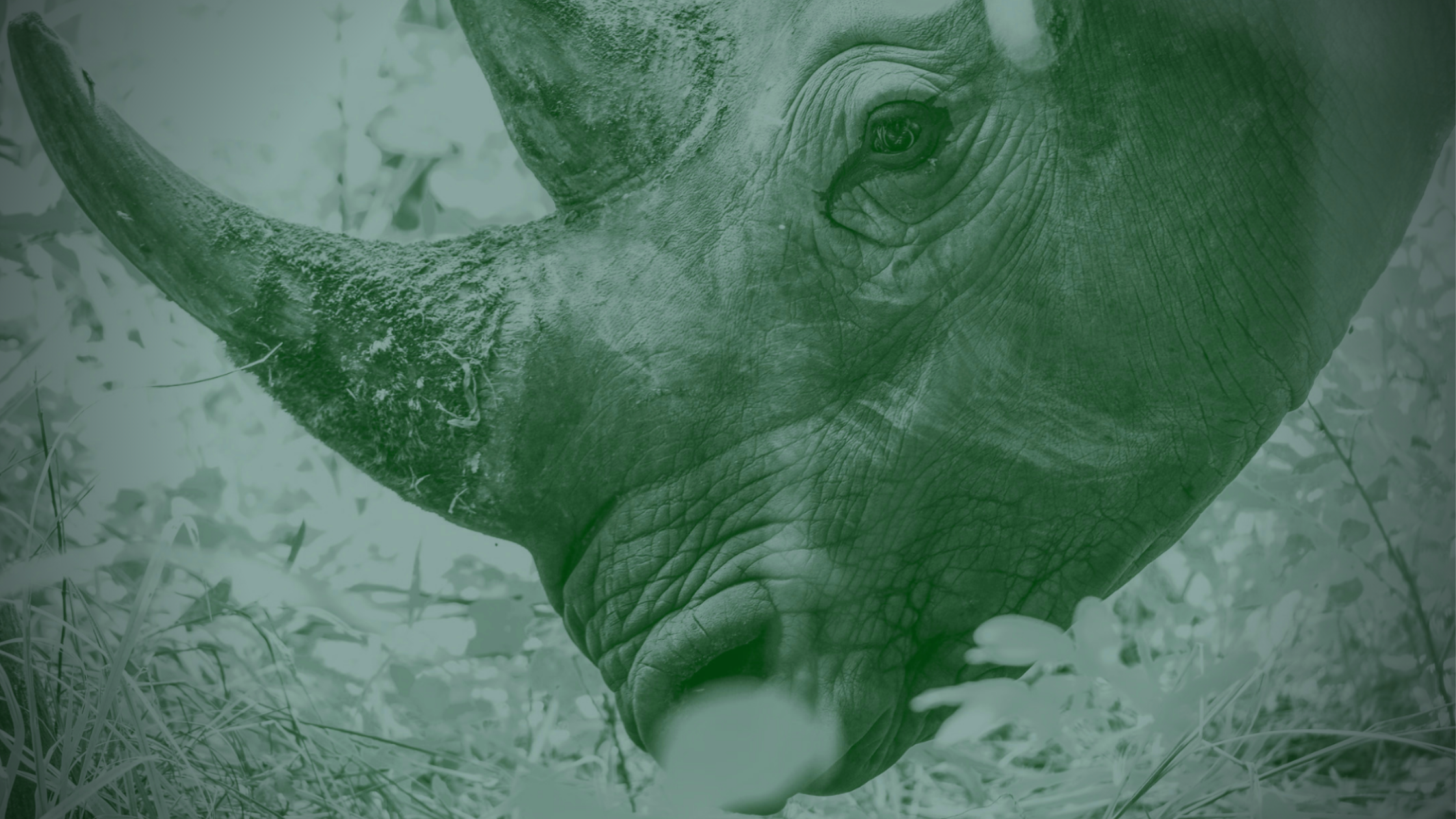Lar Gibbon Hylobates lar
Endangered
Malaysia, Cambodia, Thailand, Laos, Vietnam, Bangladesh
The Lar Gibbon is found in evergreen, semi-evergreen, and mixed evergreen-deciduous forest (sometimes known as “dry evergreen” forest, in the northern parts of their range), and is known to utilize regenerating secondary forest and selectively logged forest (Johns 1985). In northwestern Thailand, white-handed gibbons utilize patches of dry evergreen, mixed deciduous, and bamboo forest near Karen settlements if they are not hunted. The major threat to this species is hunting (having replaced even forest clearance as the top threat); they are hunted both for subsistence food use and for the pet trade (Bartlett 2007, Malone et al. 2001, Osterberg et al. 2014, 2015).
The Lar Gibbon is one of the most outgoing and gregarious of the gibbon species. Endangered in SE Asia from complex threats incl. #palmoil #deforestation, you can help them by making art and joining the #Boycott4Wildlife
Tweet
Originally tweeted by funky siamang (@gibbonluvr) on December 17, 2020.
Ongoing localized forest loss due to shifting agriculture and commercial plantations of palm oil poses a threat. On northern Sumatra, most of the lowland forests have been logged out and the threat of Ladia Galaskar, a network to link the west and east coasts of Aceh province, means that much of the remaining forest is at risk.
Ongoing localized forest loss due to shifting agriculture and commercial plantations of palm oil poses a threat.
IUCN Red List
Numerous conservation efforts of these rarest of small primates are ongoing. Sponsor a gibbon at a rescue centre here.
Support the conservation of this species
Endangered Primate Rescue Centre
Further Information

Brockelman, W & Geissmann, T. 2020. Hylobates lar. The IUCN Red List of Threatened Species 2020: e.T10548A17967253. https://dx.doi.org/10.2305/IUCN.UK.2020-2.RLTS.T10548A17967253.en. Downloaded on 05 February 2021.

How can I help the #Boycott4Wildlife?
Contribute in five ways
1. Join the #Boycott4Wildlife on social media and subscribe to stay in the loop: Share posts from this website to your own network on Twitter, Mastadon, Instagram, Facebook and Youtube using the hashtags #Boycottpalmoil #Boycott4Wildlife.
2. Contribute stories: Academics, conservationists, scientists, indigenous rights advocates and animal rights advocates working to expose the corruption of the palm oil industry or to save animals can contribute stories to the website.
3. Supermarket sleuthing: Next time you’re in the supermarket, take photos of products containing palm oil. Share these to social media along with the hashtags to call out the greenwashing and ecocide of the brands who use palm oil. You can also take photos of palm oil free products and congratulate brands when they go palm oil free.
4. Take to the streets: Get in touch with Palm Oil Detectives to find out more.
5. Donate: Make a one-off or monthly donation to Palm Oil Detectives as a way of saying thank you and to help pay for ongoing running costs of the website and social media campaigns. Donate here








One thought on “Lar Gibbon Hylobates lar”